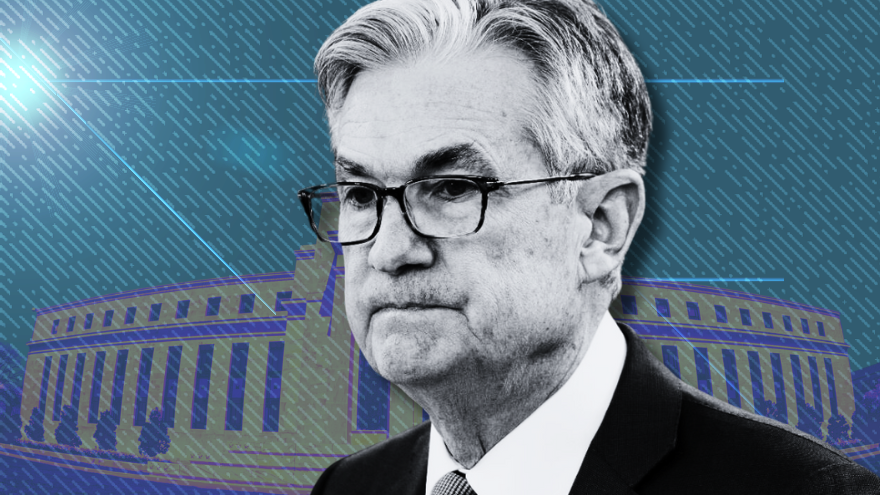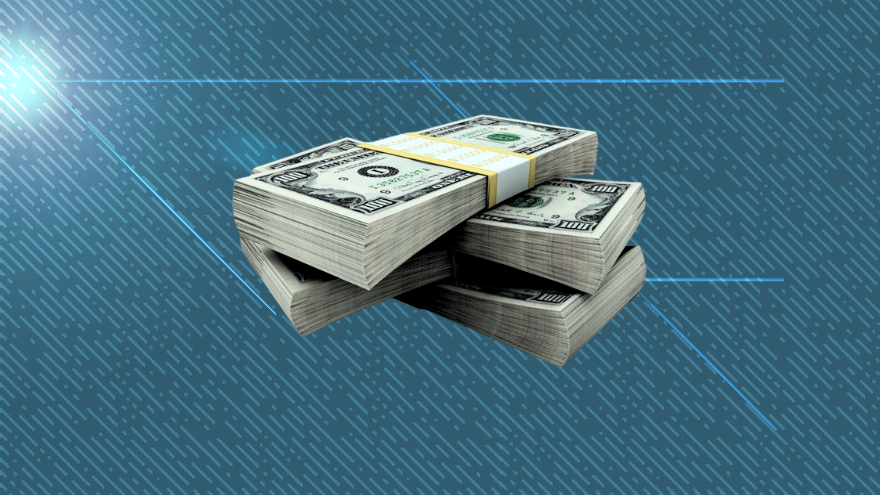“The time has come for policy to adjust,” Powell said during a keynote address at the Fed’s annual symposium in Jackson Hole, Wyoming. “The direction of travel is clear, and the timing and pace of rate cuts will depend on incoming data, the evolving outlook, and the balance of risks.” As 2024 began, there was widespread anticipation that a rate cut might occur by summer. However, disappointing data from the Bureau of Labor Statistics (BLS) in January, which revealed unexpectedly high inflation, dashed hopes for an early easing of rates. Inflation, largely driven by pandemic-era policies, surged to record highs both in the U.S. and globally. However, Powell expressed increased optimism about the economic outlook, noting that "the worst pandemic-related economic distortions are fading." He said, “Inflation has declined significantly. The labor market is no longer overheated, and conditions are now less tight than those that prevailed before the pandemic. Supply constraints have normalized. And the balance of the risks to our two mandates has changed.” The July consumer price index came in showing year-over-year inflation at just 2.9 percent, bringing that figure closer to the Fed’s target of 2 percent. However, this figure does not fully capture overall inflation trends since prices began to surge in 2021. “The inflation rate is going down, which means the speed in which prices are increasing around you in slowing,” Hannah Cox, policy analyst and co-founder of BASEDPolitics, recently wrote in a post on X about the latest inflation data. “It doesn’t mean they aren’t still going up, and it certainly doesn’t mean they’re coming back down. This is how politicians and the media manipulate you.”Federal Reserve Chair Jerome Powell has suggested that interest rate cuts may be on the horizon, though he refrained from specifying the timing or scale of the potential reductions.
The inflation rate is going down, which means the speed in which prices are increasing around you in slowing.
It doesn’t mean they aren’t still going up, and it certainly doesn’t mean they’re coming back down.
This is how politicians and the media manipulate you. https://t.co/06GR3xALTb
— Hannah Cox (@HannahDCox) August 15, 2024
To better understand why the Fed may cut rates before reaching its target, Narayana Kocherlakota, a former president of the Minneapolis Federal Reserve Bank, told Marketplace, “One of the analogies people give is you’re driving a car, but you only get to look in the rearview mirror.”
Because data lags, markets don’t know exactly what’s happening. Therefore, Fed officials must plan ahead because of the lag in data and a delay in how consumers and businesses respond to Fed decisions.
“It’ll take time for the effects of that rate cut to filter through the economy,” he added.
Powell acknowledged that the unprecedented response to the pandemic led to less than favorable decision-making, and vowed to reassess the Fed’s policy choices in order to not repeat those mistakes.
“The limits of our knowledge — so clearly evident during the pandemic — demand humility and a questioning spirit focused on learning lessons from the past and applying them flexibly to our current challenges,” he said.

